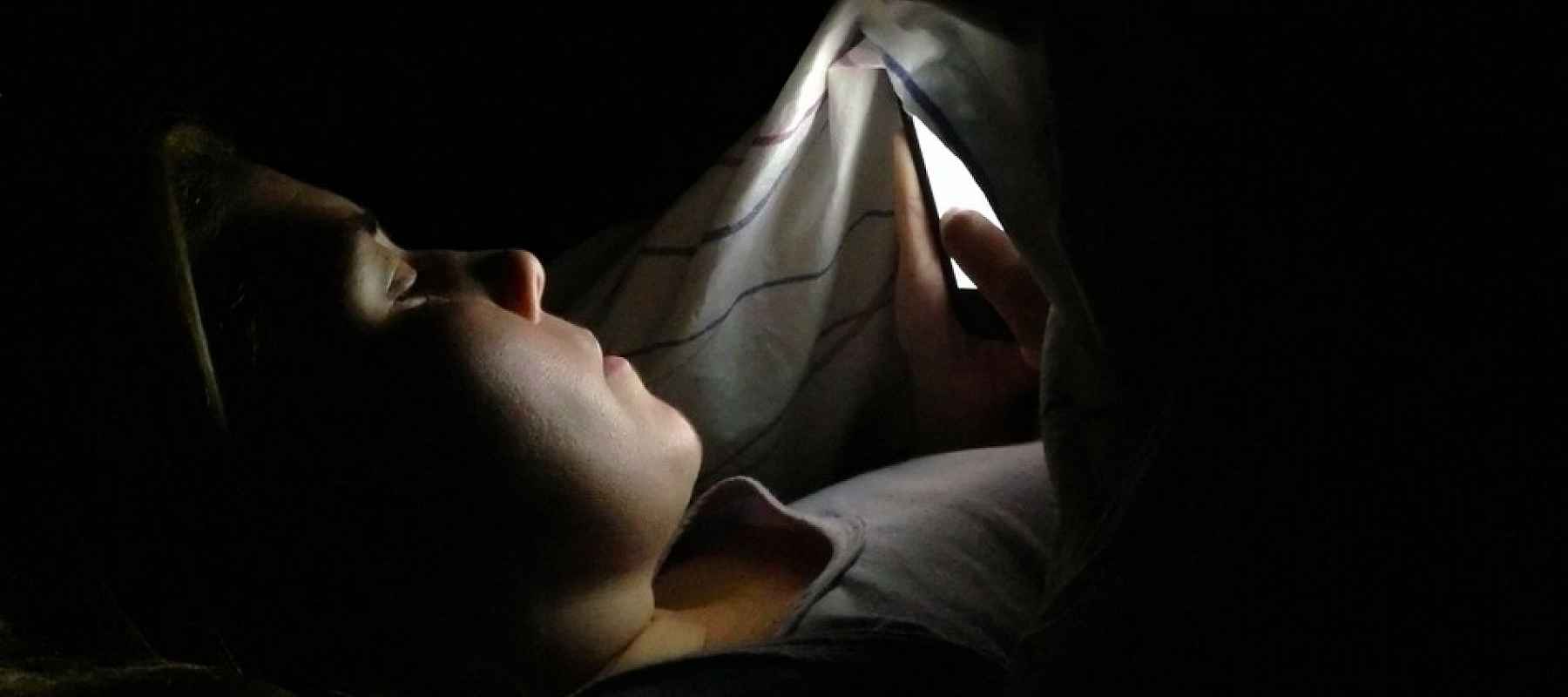Are LED lights polluting our health? While incandescent light bulbs are much less energy efficient than light-emitting diodes, or LEDs, the 95 percent or so less energy use may be sacrificing your health.
Research is showing that LEDs have a vast negative health impact, which has prompted many experts to recommend switching back to lighting sources like candlelight, sunlight, and incandescents. While such may be a step backwards in technological progress, it’s a move that could make gigantic strides in your health and well-being.
What Is LED Light?
Typical white LEDs have a blue light diode, which is an energetic and aggressive light source used to keep people awake and alert. White LEDs also have a fluorescent coating that turns the light into longer wavelengths of invisible blue light.
While natural light rather continually emits wavelengths of light from all colors on the spectrum, LEDs isolate the blue light from the rest of the spectrum. The problem here is that blue light needs to be balanced by other colors, especially red.
Alexander Wunsch, one of the world’s leading photobiologists, explains that near-infrared light is a vital energy source for us to maintain thermal homeostasis. Why? A whopping two-thirds of our thermodynamic energy comes from the sun’s photonic energy. Since the remainder of this energy comes from our food supply, acquiring the photonic energy from light sources means you can eat less to maintain your body temp.
Near-infrared light also primes retinal cells for rest and recuperation. Yet, Wunsch says the majority of humans have become deficient in 700 to 2500 nanometer wavelengths of near-infrared light, such as that generated by a fire or candle.
What Nobody Wants To Hear: Photobiologists Say LEDs Aren’t Healthy
A recent Health Letter by Harvard Medical School reported study after study showing that LEDs negatively impact the body’s circadian rhythm. Multiple studies have also linked obesity, cancer, diabetes, and heart disease to LED light exposure.
For several years, physician Alexander Wunsch has issued similar public warnings on the dangers of governments phasing out incandescent lighting in favor of LEDs. Wunsch lectures at Germany’s Wismar University, and international medical facilities, governments, and the lighting industry itself use Wunsch as a consultant. Yet, his warnings on the health dangers of LEDs have mostly fallen upon death ears.
Considering LED lighting is predicted to become an almost 166 billion dollar industry by 2022, it doesn’t take a light bulb’s illumination to see that Wunsch’s message isn’t something the LED lighting industry wants to hear. His message also falls on the deaf ears of governments desperate to cut carbon emissions. Even the public, as paying consumers of electricity, doesn’t want to hear the dangers of LEDs.
Excessive Blue Light Damage Is Extensive
Once upon a time, the majority of reading involved paper and print, which allowed the light to reflect from the paper to the eye. Today, however, almost all reading is done via some type of back-lit electronic device’s display, which most all of beam the light directly into the eye vs reflect it. Add that home, work, school, stores, and streets are almost exclusively lighted by LEDs, and it’s no wonder that LEDs are one of the greatest sources of daily non-native electromagnetic radiation exposure.
Optic experts have predicted that some 100,000 people in the U.S. alone will suffer legal blindness in the next ten years due to blue light exposure and damage. In a Molecular Vision publication, researchers found that severe retinal damage from photoreceptor cell death can occur with prolonged and even brief blue light exposure in 400-470 nanometer wavelengths. Total blindness can even occur if enough of these cells die.
Blue light, particularly after sunset, has been found to disrupt the endocrine system. The thought is that the blue light decreases the secretion of melatonin, a hormone that helps regulate the circadian rhythm.
A study published by Harvard Medical School compared blue and green light exposures and found that the blue light suppressed melatonin twice as long and shifted the circadian rhythm by twice as much.
Research has linked blue light to oxidative stress that can damage proteins, DNA, and lipids; contribute to obesity; increase the risk for certain types of cancers, such as prostate and breast; and lead to pathologies like heart disease and diabetes.
How To Limit Blue Light Exposure
- Use sunlight, incandescent bulbs, and candlelight whenever possible. These have a color rendering index of 100. Whenever LEDs are your only option, look for a 97 on the color rendering index, which is as close to natural light as LEDs can get.
- Because there’s no counterbalance of red light from the sun at night, this is when LEDs are most dangerous. Wunsch suggests following the cue of sunset in keeping things dark during twilight hours. Use candlelight when lounging. Use clear, low voltage incandescent bulbs for more visually tedious tasks. Use blue light-blocking glasses if you must be exposed to blue light after dark.
- Be careful about the warm verses cool LED bulbs. Warm means that the blue light has been masked by an orange or yellow filter, but Wunsch says that warm LEDs still do not have a red wavelength.
- If using LEDs during the day, try to counterbalance them with sources of natural light from open windows and doors.




